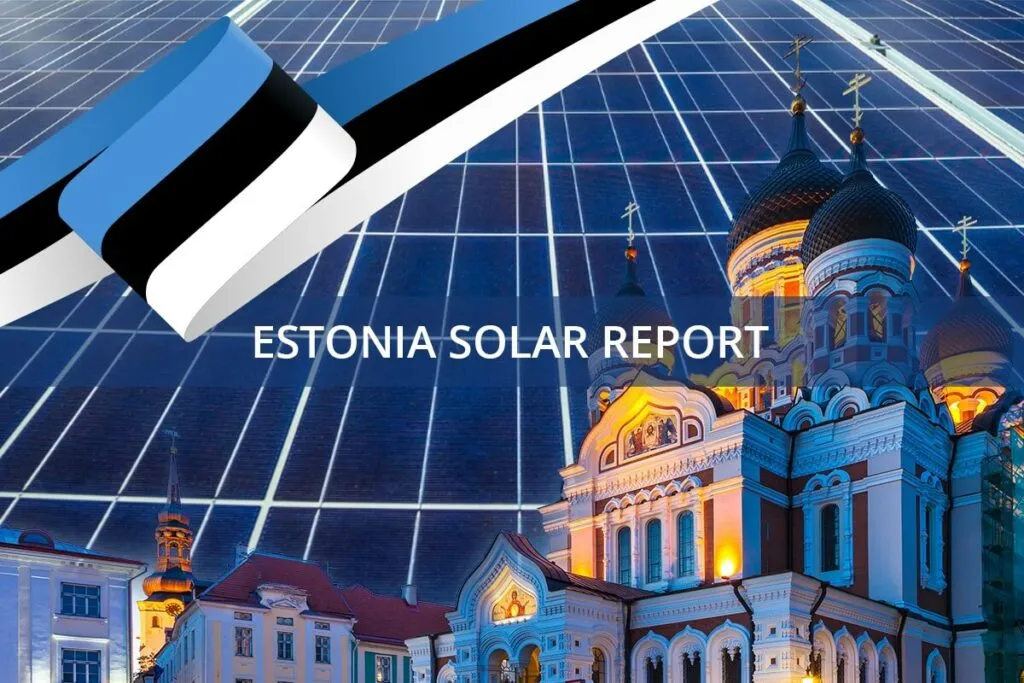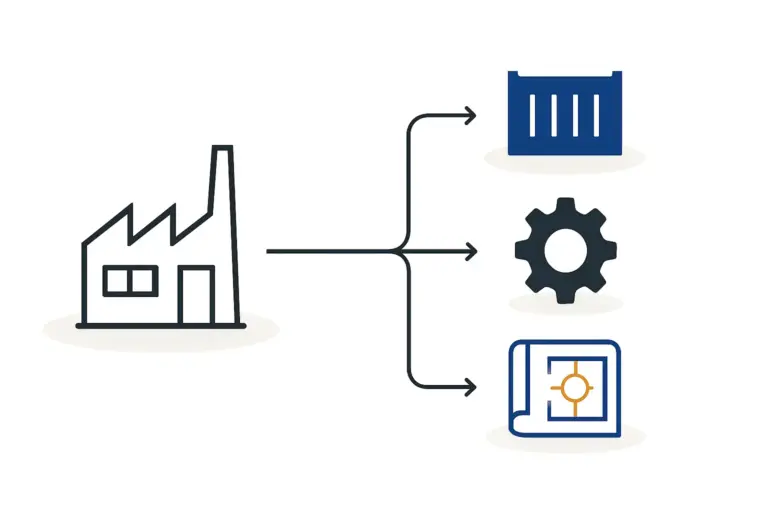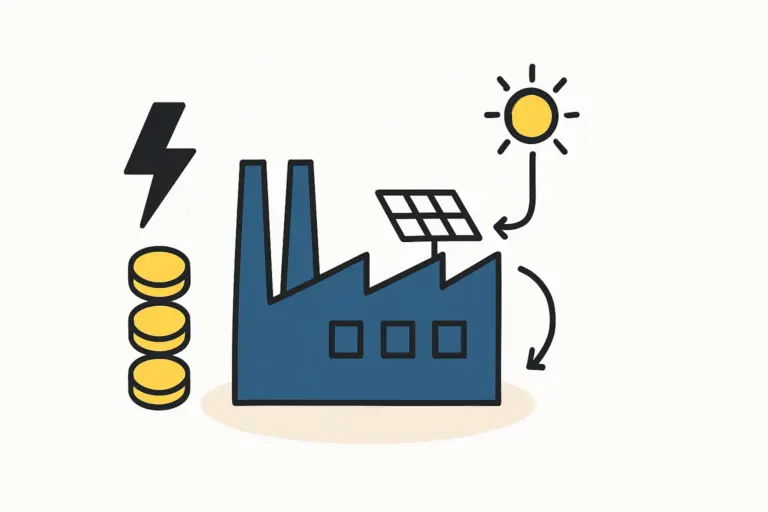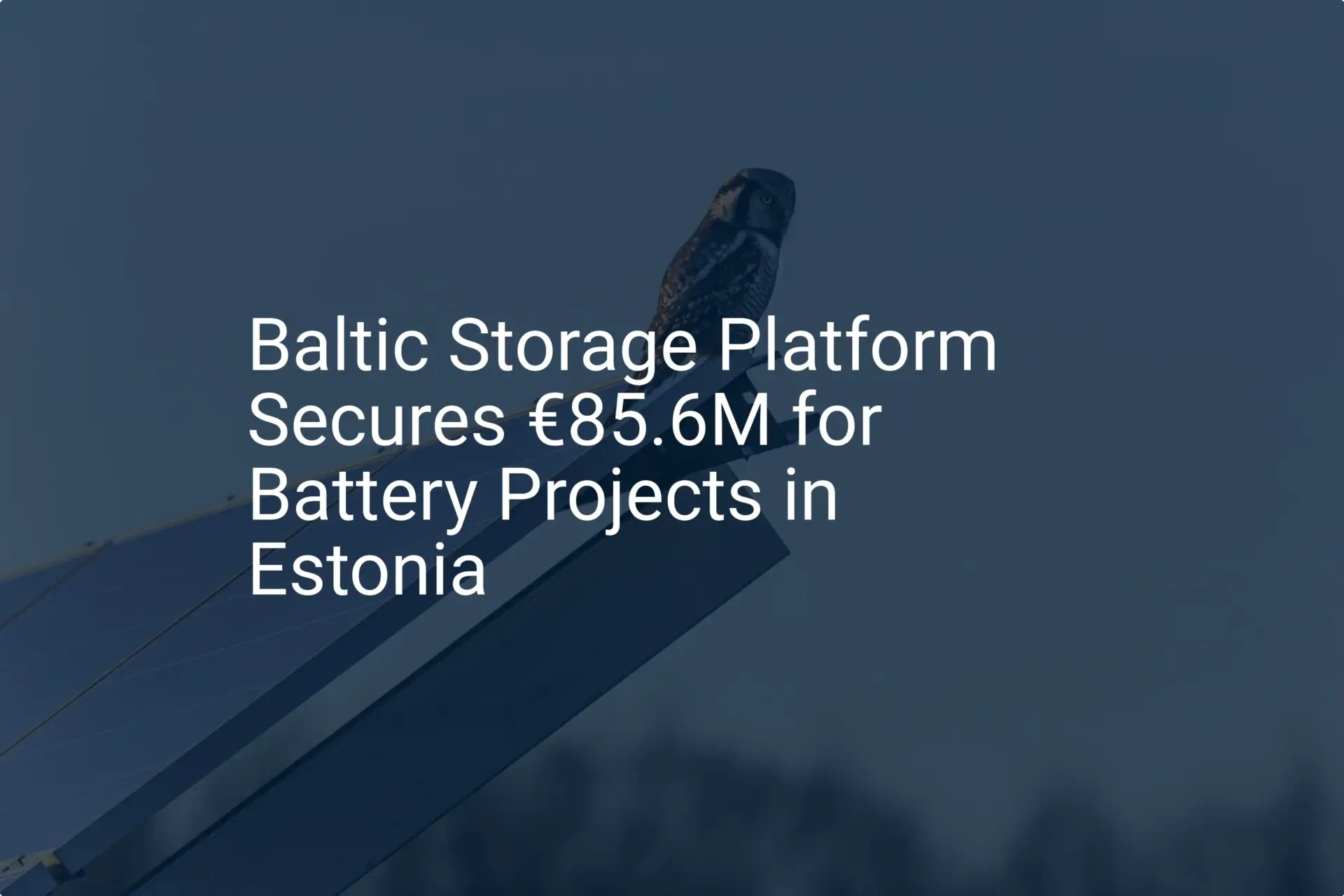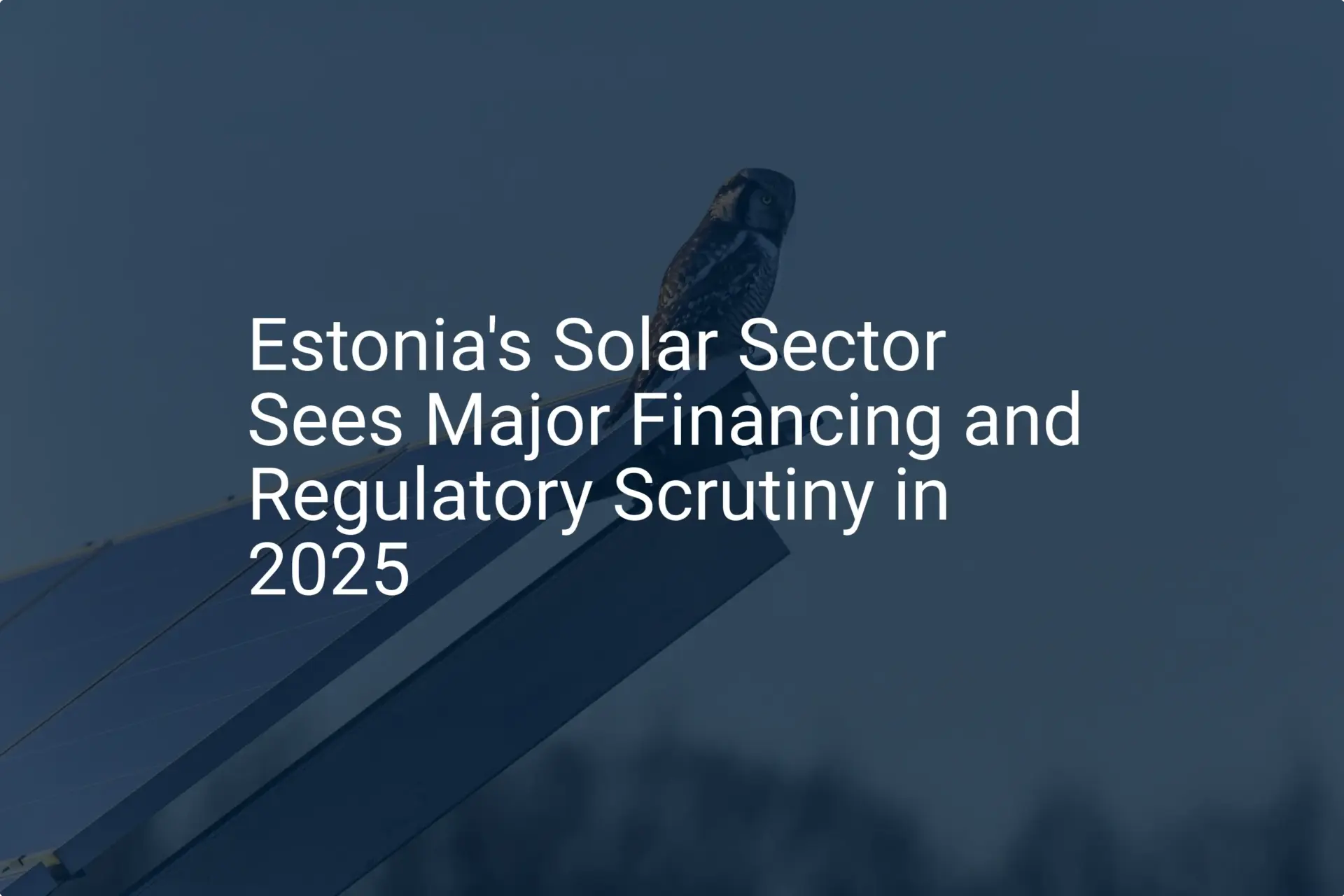Estonia is globally recognized for its advanced digital infrastructure, which allows entrepreneurs to start a company online in minutes. When a project involves constructing and operating a physical industrial facility like a solar module factory, however, this digital efficiency is balanced by a thorough and methodical regulatory process. For an investor new to the sector or the region, navigating this landscape can seem daunting.
This guide provides a clear, step-by-step overview of Estonia’s environmental and building permit process. It is designed for business professionals who need to understand the key stages, timelines, and authorities involved in bringing a solar manufacturing plant from concept to reality, ensuring full compliance with Estonian and EU standards.
Understanding the Estonian Regulatory Framework
The foundation of any construction project in Estonia rests on key pieces of legislation, primarily the Planning Act (Planeerimisseadus) and the Building Code (Ehitusseadustik). These laws govern how land can be used and what standards buildings must meet. All official applications and communications are managed through a central digital portal: the Building Register (Ehitisregister or EHR).
The primary authorities an investor will interact with are:
- The Local Government (KOV – Kohalik omavalitsus): The city or municipality where the factory will be located. This is the main body responsible for issuing planning decisions and building permits.
- The Environmental Board (Keskkonnaamet): This national authority assesses the proposed factory’s environmental impact and issues the necessary operational permits related to emissions, waste, and water usage.
- Specialized Agencies: Depending on the project’s specifics, approvals will also be required from the Rescue Board (Päästeamet) for fire safety, the Health Board (Terviseamet), and the Consumer Protection and Technical Regulatory Authority (TTJA).
Phase 1: Securing the Right to Build – Spatial Planning
Before any architectural designs can be finalized, an investor must secure the legal right to construct an industrial facility on a specific plot of land. This is the most time-consuming phase of the project and requires careful planning.
The Detailed Spatial Plan (DSP)
For a new industrial development, the foundational document is the Detailed Spatial Plan (DSP). Initiated by the investor but approved by the local government, this plan essentially defines the rulebook for the specific land plot, outlining key parameters such as permitted building volume, land purpose, access roads, and architectural conditions.
The process of creating and approving a DSP involves public consultations and can take 1 to 2 years to complete, making it the single most critical step in the pre-construction phase. In some cases, if a comprehensive plan for the industrial area already exists, the local government may issue Design Conditions instead, which is a faster process. For a new, large-scale factory, however, a DSP is the typical route.
The Environmental Impact Assessment (EIA)
Concurrent with the DSP process, the Environmental Board will determine if an Environmental Impact Assessment (EIA) is necessary. An EIA is almost certain for a manufacturing facility of the scale required for solar module production, which involves chemicals and significant energy consumption.
The EIA is a comprehensive study analyzing the factory’s potential effects on the surrounding environment, including air and water quality, noise levels, and local ecosystems. This process involves expert analysis and public hearings. A positive conclusion from the EIA is a prerequisite for both DSP approval and the subsequent building permit.

Phase 2: The Building Permit Application Process
Once the Detailed Spatial Plan is approved, the project moves into the architectural and engineering design phase, culminating in the application for a building permit.
Preparing the Building Design Project
The investor must commission a licensed Estonian architectural and engineering firm to prepare a detailed building design project. This project must comply with all conditions set in the DSP and adhere to Estonian building codes and standards. A well-prepared design is crucial, as it can significantly streamline the approval process. A comprehensive understanding of the turnkey solar production line is essential at this stage, ensuring the building design perfectly accommodates the machinery and workflow.
Submitting the Application via the EHR
The formal application for a building permit is submitted electronically through the Building Register (EHR). The application must include the complete building design project and proof of the applicant’s right to build on the property.
Once submitted, the local government coordinates the approval process, circulating the project to all relevant authorities for their consent. This includes the Rescue Board for fire safety plans, the Health Board for occupational health conditions, and the Environmental Board for environmental compliance. Each authority provides its approval or requests modifications directly within the EHR system.
Typical Timelines and What to Expect
By law, the local government has 30 days to review a complete building permit application. This period can be extended, however, if any of the involved agencies request additional information or changes to the project. Delays are most often caused by incomplete documentation or a design that fails to meet an authority’s specific requirements. Based on experience from J.v.G. turnkey projects, engaging experienced local consultants who have established relationships with these authorities is invaluable for preventing such delays.
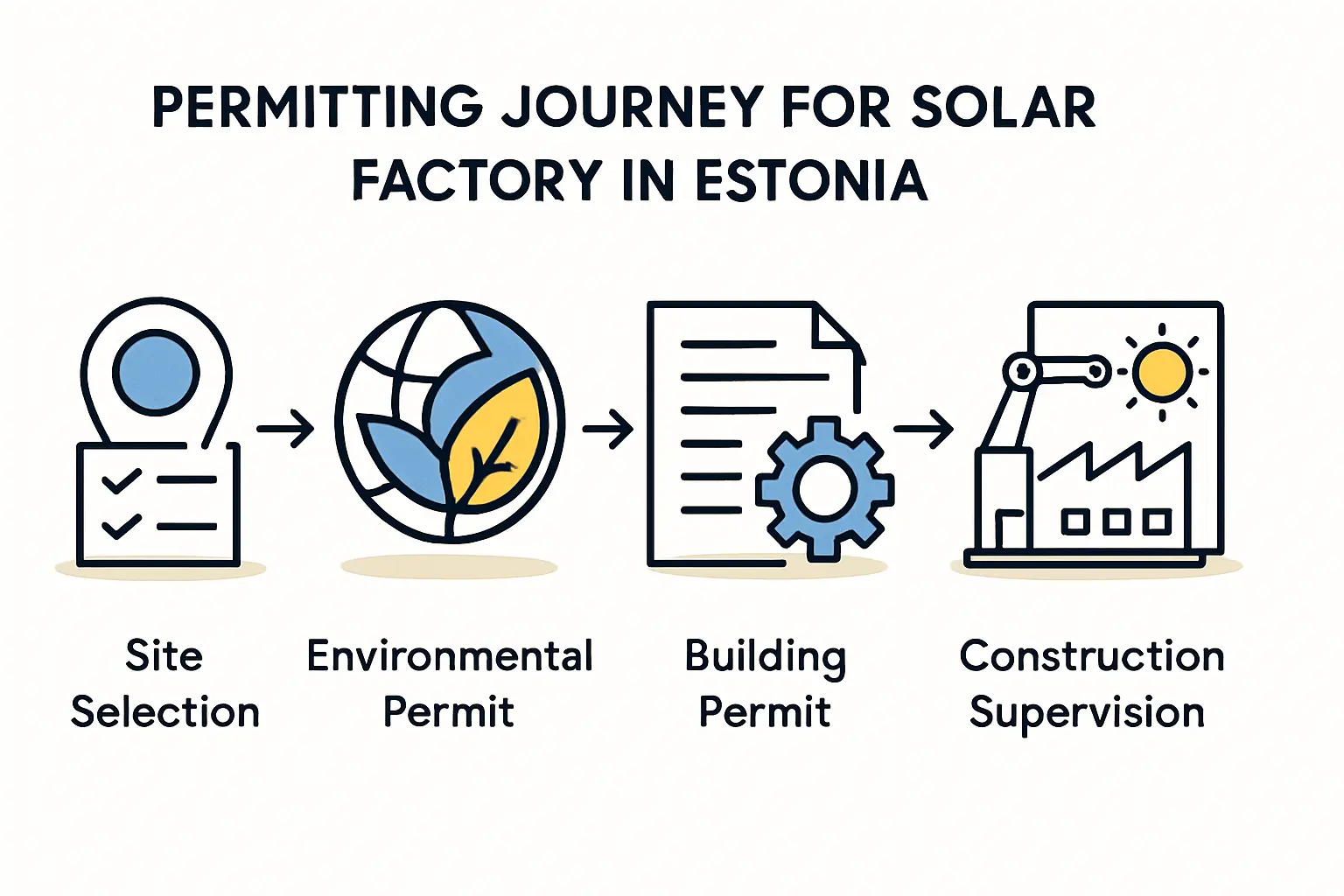
Phase 3: Operational Permits for Manufacturing
While a building permit authorizes construction, a separate set of permits is required to begin manufacturing operations.
The Integrated Environmental Permit
The primary operational permit for a solar factory is the Integrated Environmental Permit (keskkonnakompleksluba), issued by the Environmental Board. This single permit consolidates all environmental aspects of the factory’s operations, including air emissions, wastewater management, waste handling protocols, and the use and storage of chemicals.
Applying for this permit requires detailed technical information about the production technology and the planned measures to minimize environmental impact.
Other Necessary Operational Approvals
After construction is complete and before the factory can be officially commissioned, it must pass a final inspection. This includes a fire safety audit by the Rescue Board to ensure all systems are installed and functioning correctly. Once all approvals are granted, the local government issues an Authorisation for Use (kasutusteatis), which legally permits the building to be occupied and operations to commence.
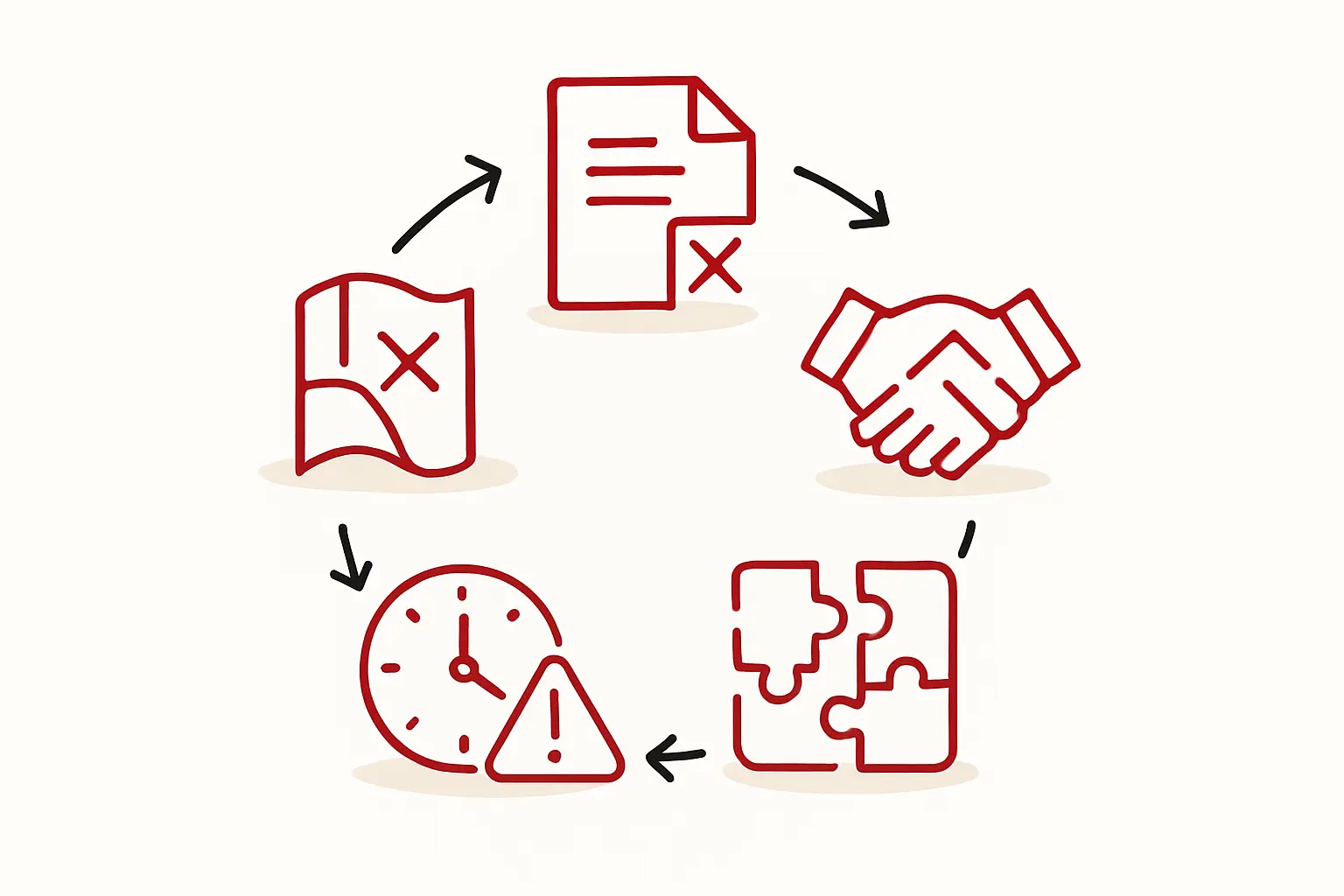
Key Considerations for International Investors
Navigating the Estonian regulatory environment requires a strategic approach.
- Local Expertise: Engaging qualified Estonian consultants, lawyers, and architectural firms is not just an option; it is essential for success. Their knowledge of local laws, administrative procedures, and informal expectations is critical.
- Thorough Due Diligence: Before acquiring land, it is vital to conduct thorough due diligence on its zoning status and any existing spatial plans. This initial research, part of a robust plan for meeting solar factory building requirements, can prevent significant future expenses and delays.
- Proactive Engagement: Holding preliminary, informal discussions with the local government and the Environmental Board before submitting formal applications helps identify potential issues early and builds a constructive relationship with the authorities.
Frequently Asked Questions (FAQ)
-
How long does the entire permitting process take in Estonia?
From initiating a Detailed Spatial Plan to receiving the final Authorisation for Use, a realistic timeline is 2 to 3 years. The spatial planning and EIA phase typically consumes the majority of this time (1–2 years). -
Can an investor handle the permitting process from abroad?
While the owner must drive the project, it is practically impossible to manage the process without a dedicated local team of legal, environmental, and engineering consultants to handle submissions and communicate with authorities. -
What are the main differences between Estonian and other EU countries’ regulations?
The core environmental and building standards are harmonized across the EU. The primary difference lies in the administrative procedures, the specific authorities involved, and the high degree of digitalization through the EHR system, which is more advanced than in many other member states. -
Does the Estonian government offer support for green technology investments?
Yes, Estonia, like the EU, provides various grants and incentives for investments in green technology and renewable energy. These are typically managed by Enterprise Estonia (EAS) and are separate from the permitting process. -
What is the most common reason for permit application delays?
The most frequent cause of delays is incomplete or non-compliant documentation, reinforcing the need for experienced, professional local firms to prepare the building design and environmental assessments.
Conclusion: Your Next Steps
Successfully obtaining the necessary permits for a solar factory in Estonia is a structured process that rewards meticulous planning, professional preparation, and strong local partnerships. While the timelines may seem long, the regulatory framework is transparent and predictable for those who follow the established procedures. By understanding the key phases—from spatial planning to operational approvals—an investor can develop a realistic project timeline and budget.
For those at the beginning of this journey, the next logical step is to build a comprehensive understanding of the project’s entire scope. A detailed overview of how to plan and execute such a venture is available in our foundational guide on how to start a solar module factory.

